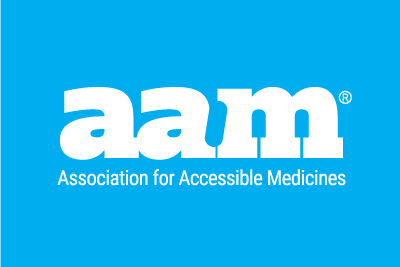As federal and state policymakers grapple with how to lower prescription drug prices, they should work to ensure that patients, particularly seniors, have greater access to and realize the full benefit of lower-priced generic drugs.
Increasingly, Medicare Part D plans are putting generic drugs into higher formulary tiers to compensate for escalating brand-name drug prices.
Generally, higher formulary tiers come with higher co-pays. So, as more generic drugs are put on the higher tiers, seniors participating in Part D are paying more for those drugs even if the price for those drugs hasn’t changed.
A recent report from Avalere Health highlights this issue. Avalere found that in 2011, 71 percent of generic drugs were placed on tier 1 (the lowest formulary). By 2015, though, only 19 percent of those generic drugs were on tier 1. This represents a 53 percentage point decrease in the number of generic drugs on the lowest tier between 2011 and 2015, the report said. Meanwhile, Avalere found that in 2015, 46 percent of covered generic drugs were placed on tier 2 and 35 percent were placed on tier 3 or higher.
Because of this shift, patients faced a 93 percent increase – $6.2 billion – in cost sharing from 2011 to 2015, the report said.
Avalere also found that the market price for these generic drugs didn’t increase over the same period. So patients paid more, even though the generic drug prices were falling.
This is because Part D plans, under pressure to keep their premiums low to appeal to beneficiaries, have a strong incentive to keep premiums low and shift costs to co-payments and deductibles.
But plans face pressure to cover increasingly expensive brand-name drugs and keep premiums low. One way they can reduce the overall price of drugs on a particular formulary tier is to increase the number of lower-cost generic drugs on that tier. So they use generic drugs to mask the high prices of brand drugs, and beneficiaries miss out on the full benefit of lower-priced generic drugs.
The Trump administration has signaled concern about out-of-pocket costs. Lowering these costs is one of the four strategies in the administration’s blueprint on drug prices. The blueprint, released May 11, outlines a set of actions that the administration is proposing to take to lower prescription drug prices.
President Trump has said that lowering prescription drug prices is one of his highest priorities.
As the Trump administration and other policymakers work to lower prescription drug prices, they should closely examine the role of formulary design to ensure that patients are encouraged to utilize and receive the full benefit of generic drugs.
By Craig Burton, AAM Vice President, Policy




